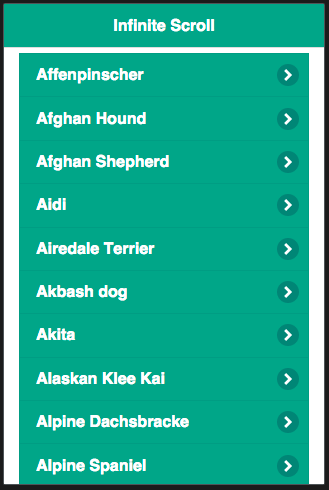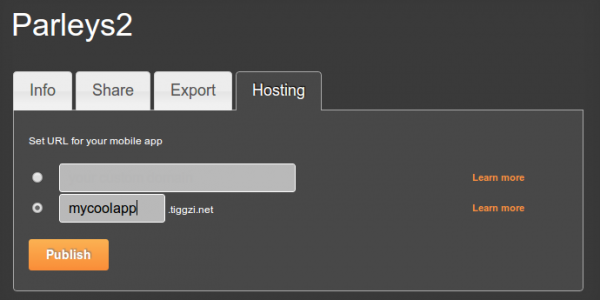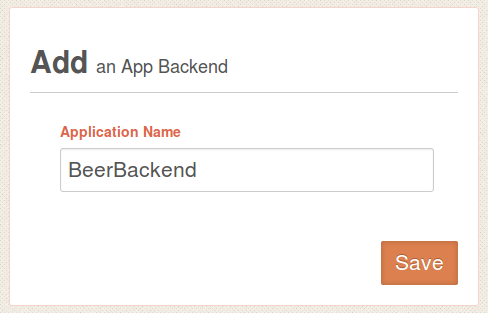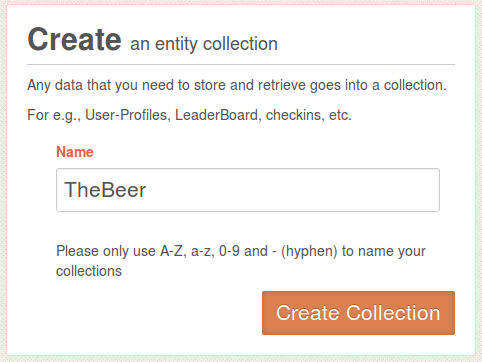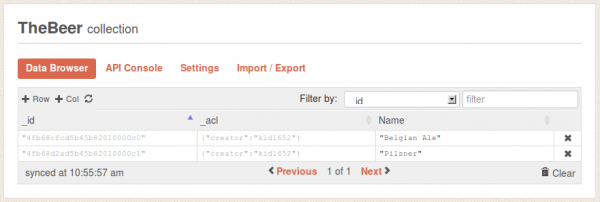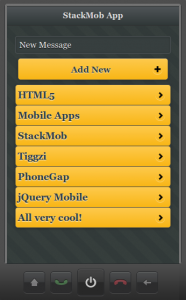Building a Native App with Ionic, AngularJS, and Appery.io
For years, developers had to make a choice: build a single hybrid app with a so-so user experience, or build a native app for each platform with a great user experience. Developers don’t have to make this choice anymore. By integrating the Ionic SDK into Appery.io, developers can build enterprise HTML5/hybrid apps on a single code base that offer a native experience across all platforms. The Appery.io platform’s visual tooling lowers the skills barrier, empowering a broader base of developers and business analysts to create effective and intuitive mobile applications.
In this tutorial, you will use the Appery.io platform to build a mobile app. The tool set includes:
- Ionic – native-like UI components
- AngularJS – UI logic/binding
- Appery.io App Builder – cloud-based drag and drop designer
- Appery.io Backend Services – API backend for the app


